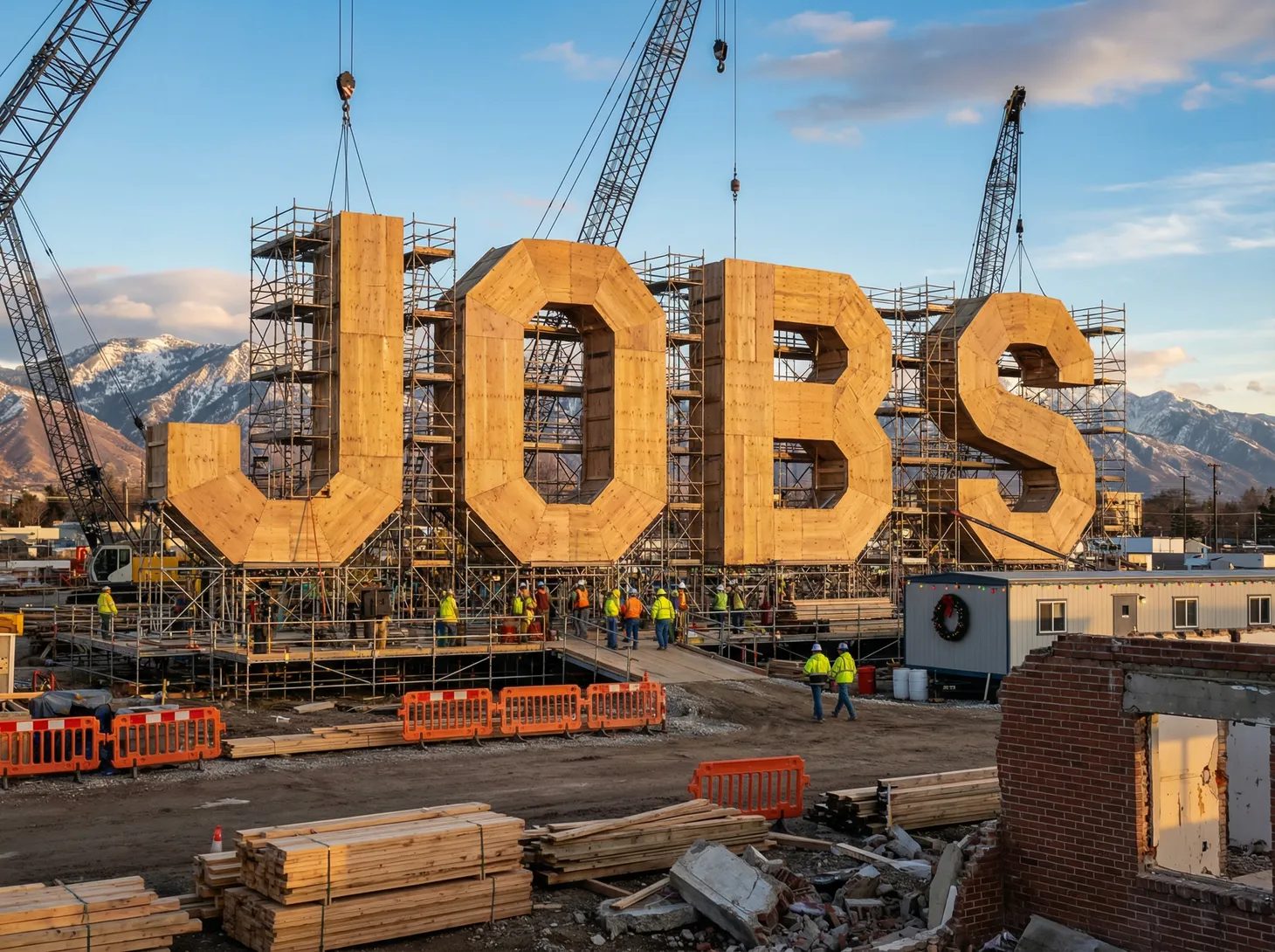Navigating the Labor Shortage Crisis: Strategies for Today's Economic Developers
Boomers have left the building: Now what?

Over Thanksgiving weekend, I did some thinking. Between bites of leftover pie, I pondered:
We're navigating through a complex, multi-layered labor shortage.
The departure of the Baby Boomers from the labor force is leaving a gaping hole that we just don't have the numbers to refill anytime soon:
Generation X doesn't have the numbers.
Millennials, despite their numbers, lack the requisite skills and experience.
Generation Z has limited themselves with their specific choices.
Looking ahead, the real solution might lie with the next generation - the children of Millennials. However, with an expected peak shortage of 900,000 workers by 2032 and a resolution not in sight until 2045, economic developers can't just sit back and wait.
Instead, we need to proactively adapt our strategies, focusing not only on attracting businesses but also on recruiting and nurturing people to bridge this growing gap.
This challenge is not a temporary blip but our new normal, and tackling it requires innovative and forward-thinking approaches to workforce development.
Not An Insurmountable Challenge, Just a Really, Really Big One
Let's be real for a second. The landscape we're navigating is nothing short of a minefield. Labor shortages aren't just numbers on a report; they're real people with real skills that are just not there where and when we need them. It's like trying to complete a jigsaw puzzle with half the pieces missing. You might think, "Am I missing something obvious here? Is there a magic bullet solution that everyone else knows about?"
Every economic developer out there is grappling with the same gnawing concern: "What the heck do we do about this?"
Well, here's the cold, hard truth: there is no quick fix or a one-size-fits-all solution. But here's the good news – you've got more tools and options at your disposal than you might realize. So, take a deep breath. We're going to tackle this together, head-on, with some fresh perspectives and innovative strategies that might just turn this whole situation on its head.
Ready to dive in? Let's begin.
The Evolving Role of Economic Development Organizations
In the landscape of economic development, a fundamental change is taking place, redirecting focus toward a resource more valuable than any natural reserve or technological innovation: human capital.
A Brookings Institution's report underscores this shift, emphasizing human capital as the fundamental driver of economic development. It values the knowledge and skills of the U.S. population at an astonishing $240 trillion, a figure that dwarfs other inputs to economic growth.
The criticality of talent - how it is developed and deployed - becomes apparent in this context, not just for individual prosperity but for the broader economic success of firms and communities.
Traditionally, EDOs have not been structured to address these talent-centric challenges. Their primary roles have been centered around business growth, job creation, and attraction – areas directly impacted by the quality of the workforce. As such, they have been instrumental in providing research, resources, and relationships to businesses. However, their involvement in the nitty-gritty of talent development has been minimal.
This is where the opportunity for evolution lies. EDOs can pivot to address these emerging needs by:
- Generating Talent Intelligence: By conducting research and disseminating information about talent needs and opportunities, EDOs can influence employer practices toward more equitable and efficient hiring. This involves shedding light on the real talent needs of the market and debunking outdated hiring practices.
- Developing Talent Incentives: EDOs can reorient resources towards investments in talent development. This could involve incentivizing businesses to invest in the upskilling of their workforce and supporting initiatives that bridge the gap between education and employment.
- Supporting Talent Systems: Engaging businesses with the education system at an earlier stage can pave the way for more effective talent development. This means fostering connections between schools, community colleges, and businesses to create career awareness and work-connected learning opportunities.


